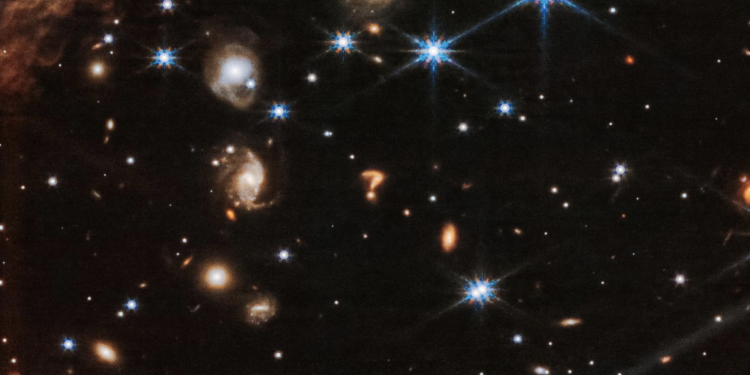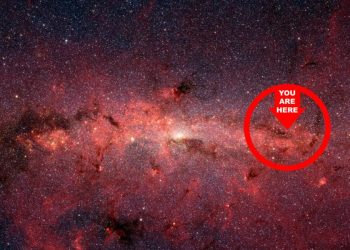For decades, cosmologists have relied on the Cosmological Principle, the idea that the universe appears the same in all directions when viewed on a grand scale. This assumption underpins the standard model of cosmology, shaping our understanding of the cosmos’ origin and evolution. However, a groundbreaking study has put this long-standing principle to the test, and the results hint at a possible shake-up in how we perceive the universe’s large-scale structure.
Weak Lensing as a Probe of Cosmic Expansion
Researchers from the University of the Western Cape in South Africa, in collaboration with scientists from the UK and France, have used a novel observational method—weak gravitational lensing—to examine whether the universe’s expansion is truly uniform. Their findings, published in the Journal of Cosmology and Astroparticle Physics (JCAP), suggest that space itself may not be expanding as evenly as previously assumed.
The team’s analysis focused on cosmic shear, a phenomenon where the light from distant galaxies bends slightly as it travels through the gravitational field of massive cosmic structures. By examining subtle distortions in galaxy shapes, they aimed to detect deviations from isotropy—anomalies that could signal variations in expansion across different regions of the cosmos.
The Key Question: Is the Universe’s Expansion Truly Isotropic?
While previous tests of cosmic isotropy have relied on cosmic microwave background (CMB) radiation and supernova observations, this study leverages weak lensing as an independent probe. The researchers specifically searched for B-mode distortions in the cosmic shear signal. In an ideally uniform universe, these distortions should be minimal. However, a strong B-mode signal could indicate large-scale anisotropic expansion—a direct challenge to the Cosmological Principle.
One of the study’s most intriguing findings is the detection of cross-correlations between E-mode and B-mode shear signals. Traditionally dismissed as observational noise, these correlations could, in fact, be subtle indicators of deviations from isotropic expansion.
What If the Universe Is Expanding Unevenly?
If future observations confirm these findings, it could have profound implications for physics. The discovery of anisotropic expansion might force scientists to rethink dark energy—the mysterious force driving the universe’s accelerated expansion. It could also hint at modifications to general relativity, potentially aligning with alternative theories of gravity that propose directional variations in cosmic expansion.
According to the research team, high-precision weak lensing surveys, such as those from the Euclid Space Telescope and the Square Kilometer Array (SKA), will provide the necessary data to further investigate these anomalies. If the anisotropic expansion signal holds up against systematic uncertainties, it could necessitate a fundamental revision of our understanding of the universe.
While these results are not yet definitive, they highlight an important new avenue for testing one of cosmology’s foundational assumptions. The researchers stress that additional observational data will be crucial in distinguishing between true anisotropic effects and potential instrumental biases.
As the next generation of astronomical surveys comes online, we may be on the cusp of answering a fundamental question: Is the universe truly uniform, or is the very fabric of spacetime expanding in unexpected ways?
Join the Conversation!
Have something to share or discuss? Connect with us on Facebook and join like-minded explorers in our Telegram group. For the latest discoveries and insights, make sure to follow us on Google News.











